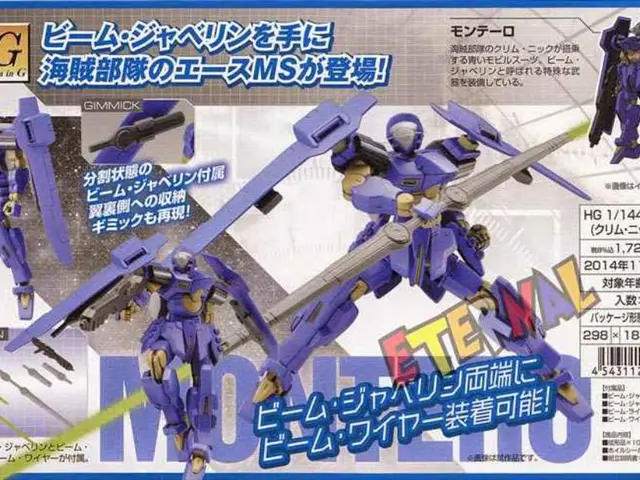Redesigning's Challenges Continue: Part 2
Toyopet Racer's Revival: A Journey Through Restoration
The Toyopet Racer, Toyota's first racing car, is once again roaring on the tracks, 70 years after its initial debut. Now on display at the Fuji Motorsports Museum, this legendary vehicle has been painstakingly restored by a dedicated team of engineers and restorers.
One of the key challenges faced by the team was the restoration of the suspension and braking system. The original Toyopet Racers were equipped only with drum brakes on the rear wheels, with no front brakes or emergency brakes. This presented a unique set of problems that the team had to overcome.
Ding, one of the team members, was tasked with designing the sole brakes for the rear wheels. Drum brakes borrowed for the Toyopet Racer were too small and needed modification for sufficient braking power. A clutch master cylinder was suggested as a solution, but more power was still needed, so the brake pedal ratio was modified. The solution to ensure adequate braking power was to boost the pressure transmitted to the wheel cylinders and increase the brake pedal ratio.
The team, however, decided to adhere to the original design, with only rear-wheel brakes. This decision was likely influenced by a balance of historical accuracy, safety, and availability of parts, although specific details about the decision-making process are not readily available.
Shinya Omura, a specialist in materials, joined the team to help identify the original materials and select alternatives. Omura handled the deciphering of materials from drawings for any parts where it was needed. The team procured and produced parts with assistance from Toyota's oyaji and others outside the company.
The assembly of suspension and brake parts was not without its challenges. The team encountered misaligned holes due to dimensional errors and slight deformities. To overcome these issues, they had to find alternative materials for some parts because the original materials were no longer in use.
The team's efforts in restoring the Toyopet Racer's suspension and braking system are just one part of the larger story of this historic restoration project. The ninth article in this series focuses on the efforts of the project team members responsible for the suspension and related components.
For those interested in learning more about the debates and decisions involved in the brake restoration process, specialized restoration project logs, automotive museum archives, or contact with restoration experts involved with Toyota classic vehicle preservation may provide valuable insights.
The restoration process involved not only the engineers and restorers but also experts in technology and finance, as they had to source and procure parts from various industries, including the automotive and manufacturing sectors.
The transportation industry played a crucial role in delivering the necessary components to the restoration team, ensuring they could continue their work on the Toyopet Racer.
Despite the challenges, the team managed to maintain historical accuracy in their modifications, demonstrating a blend of innovation and preservation in the realm of technology and the automotive industry.




